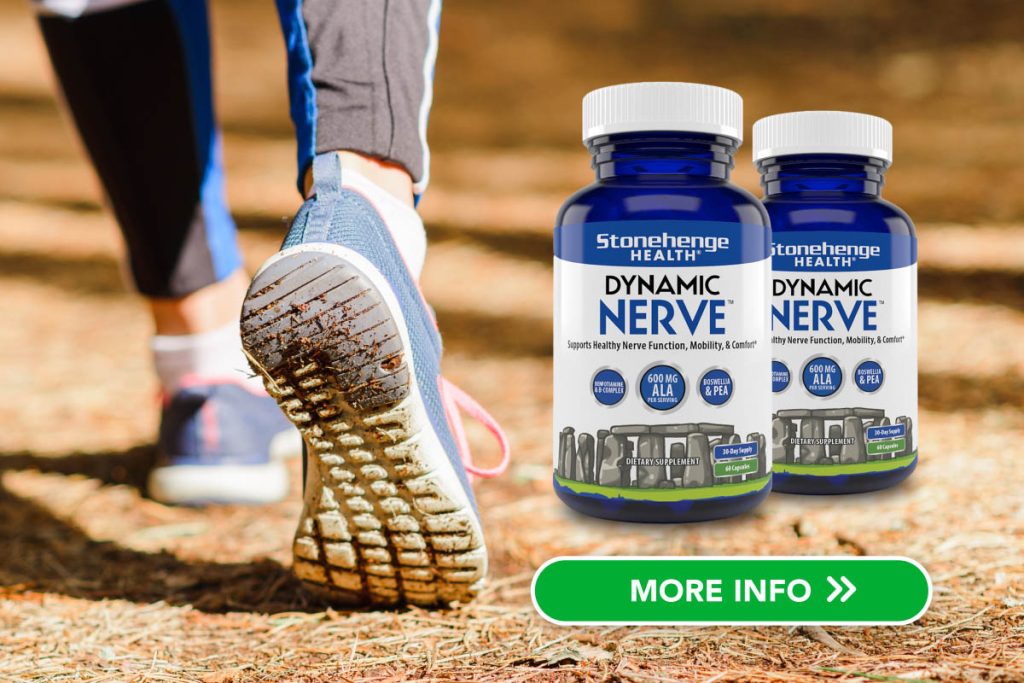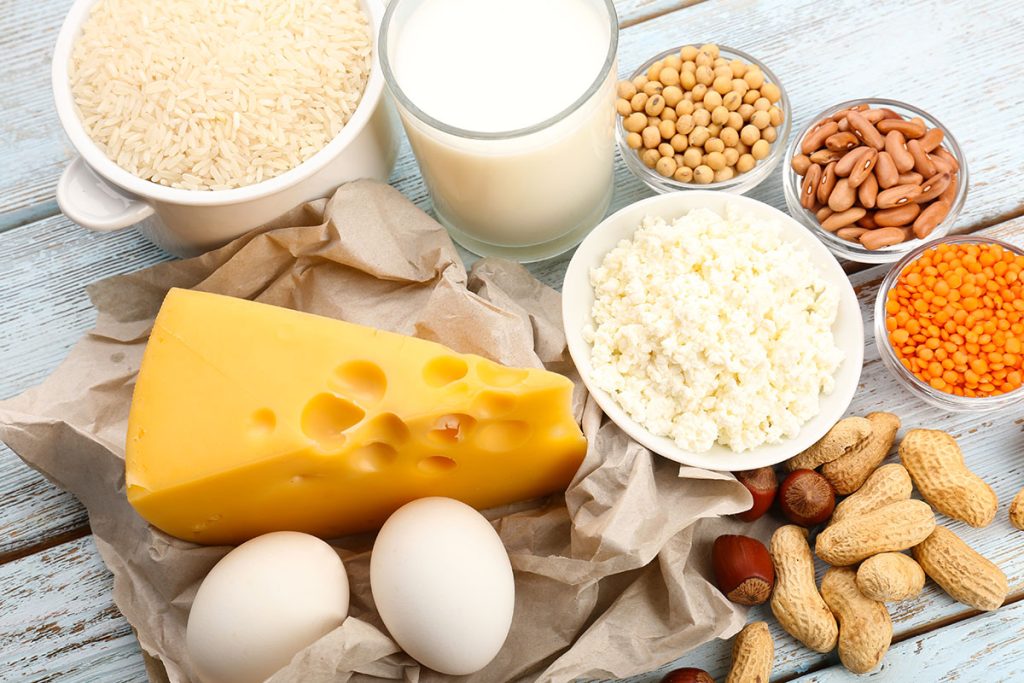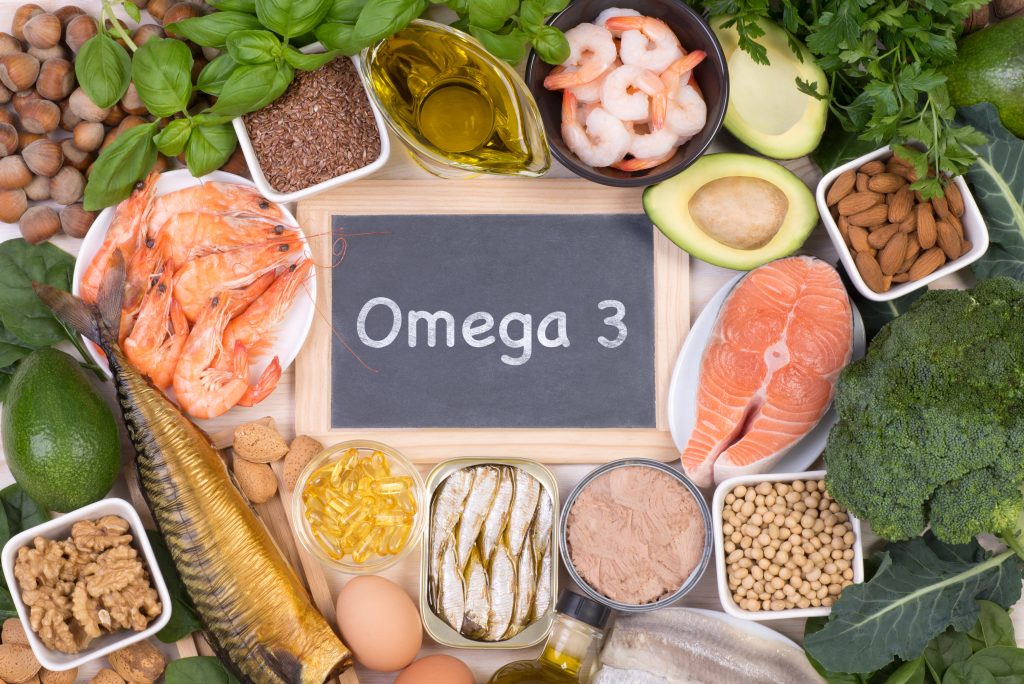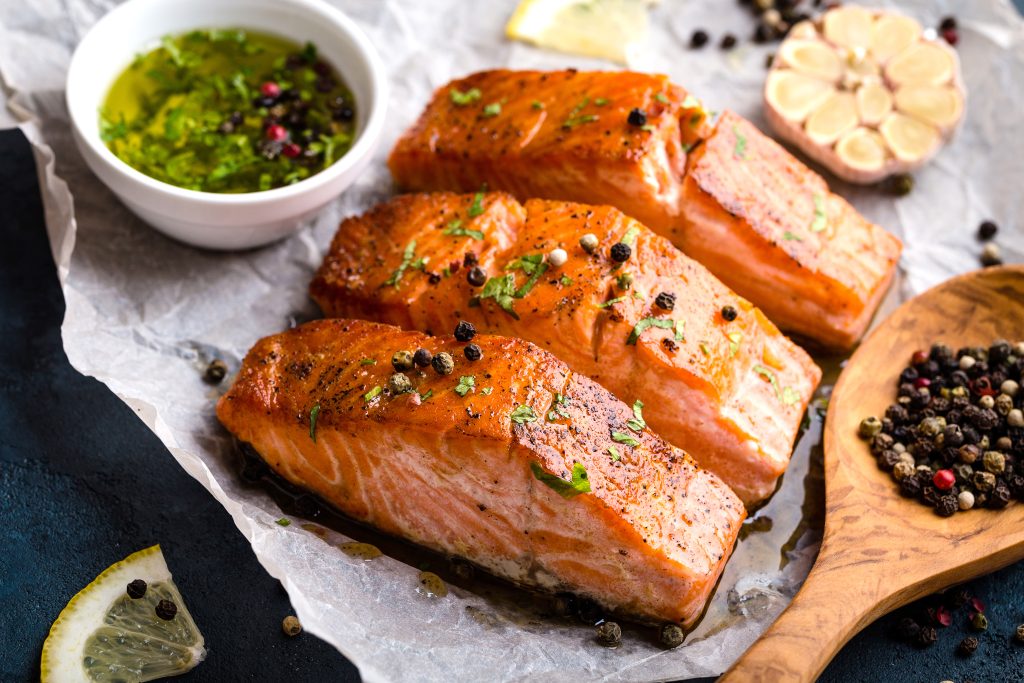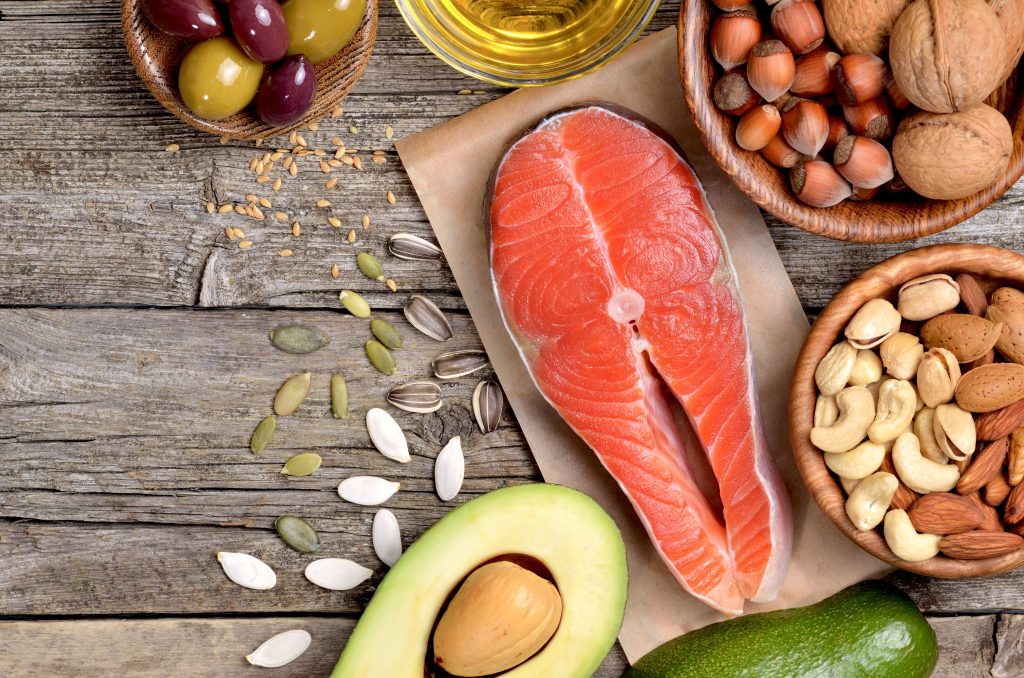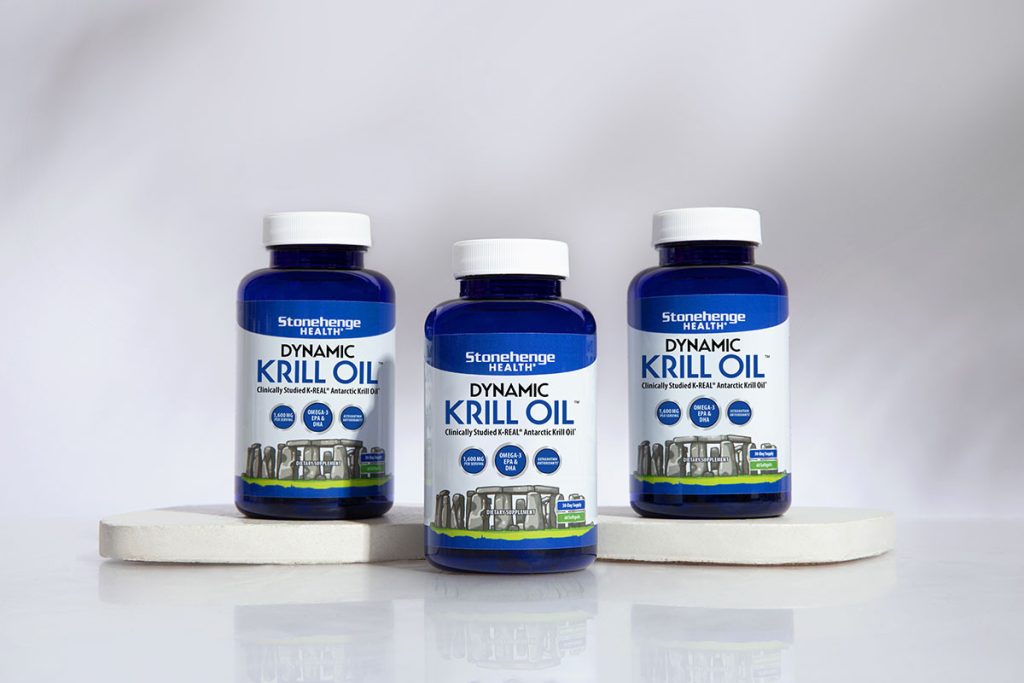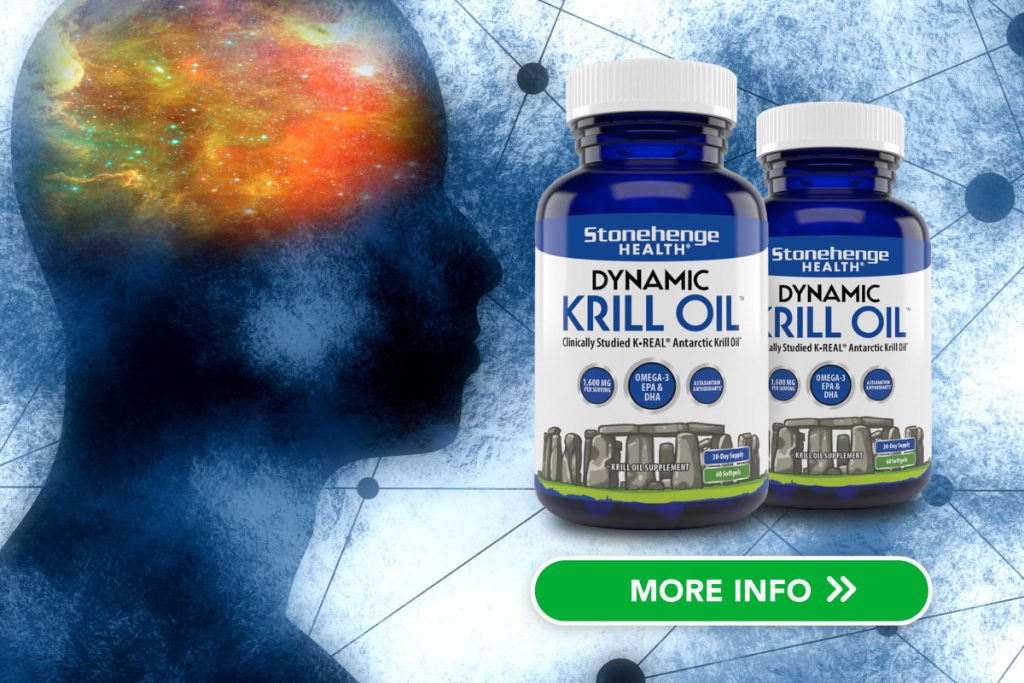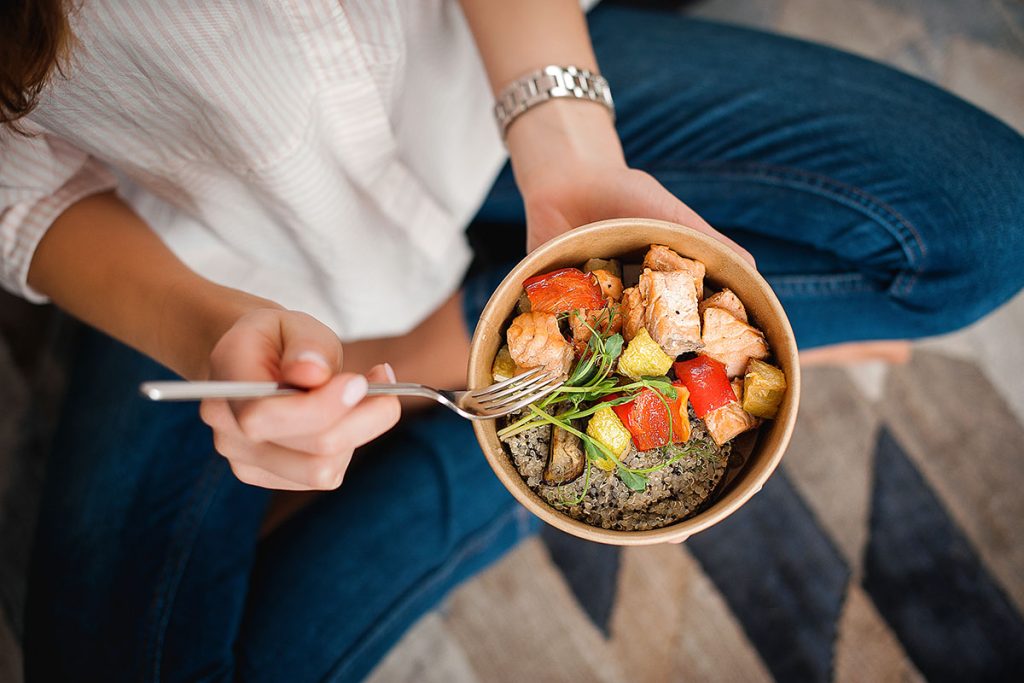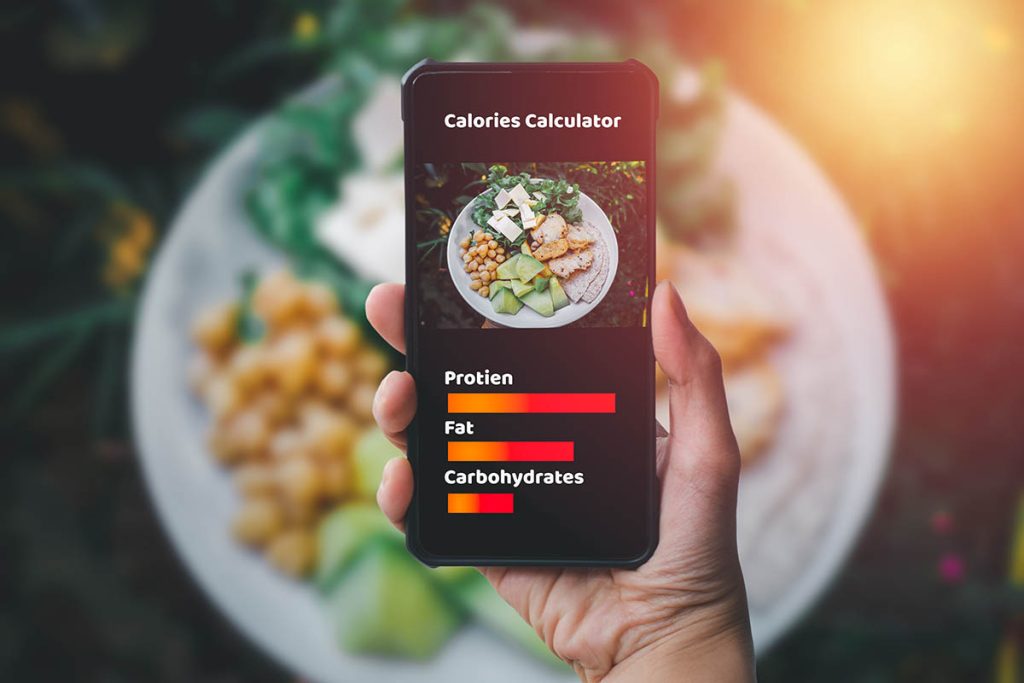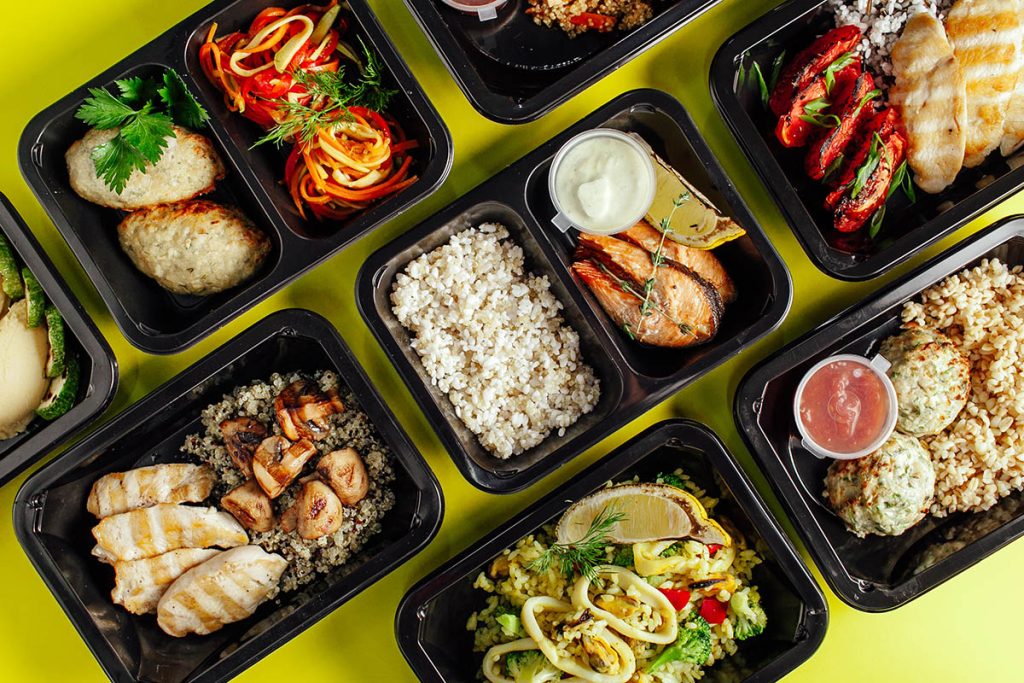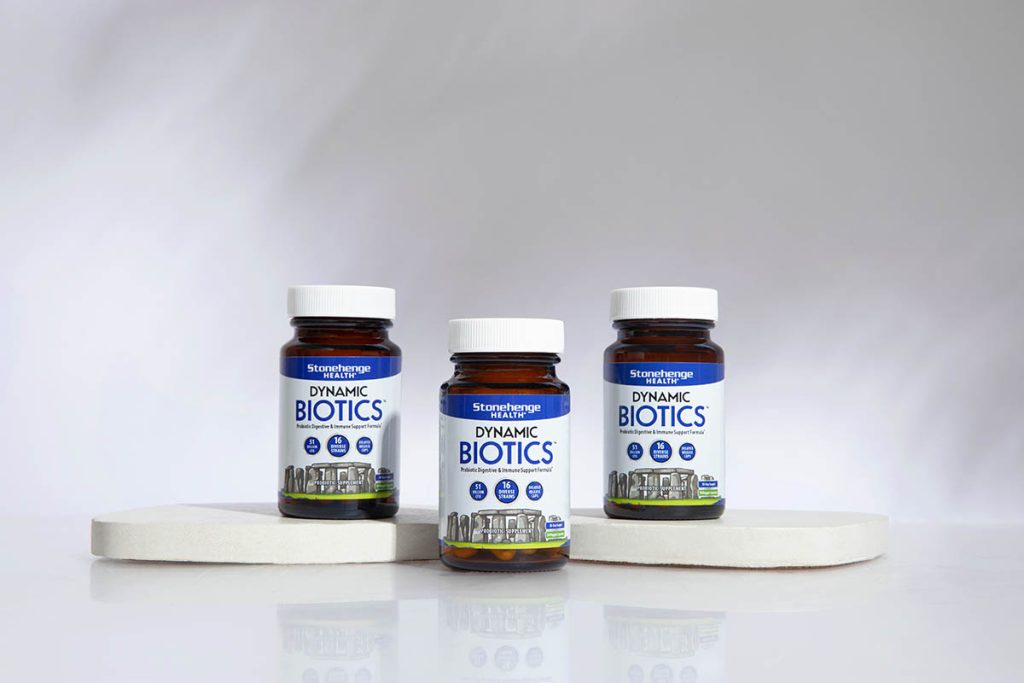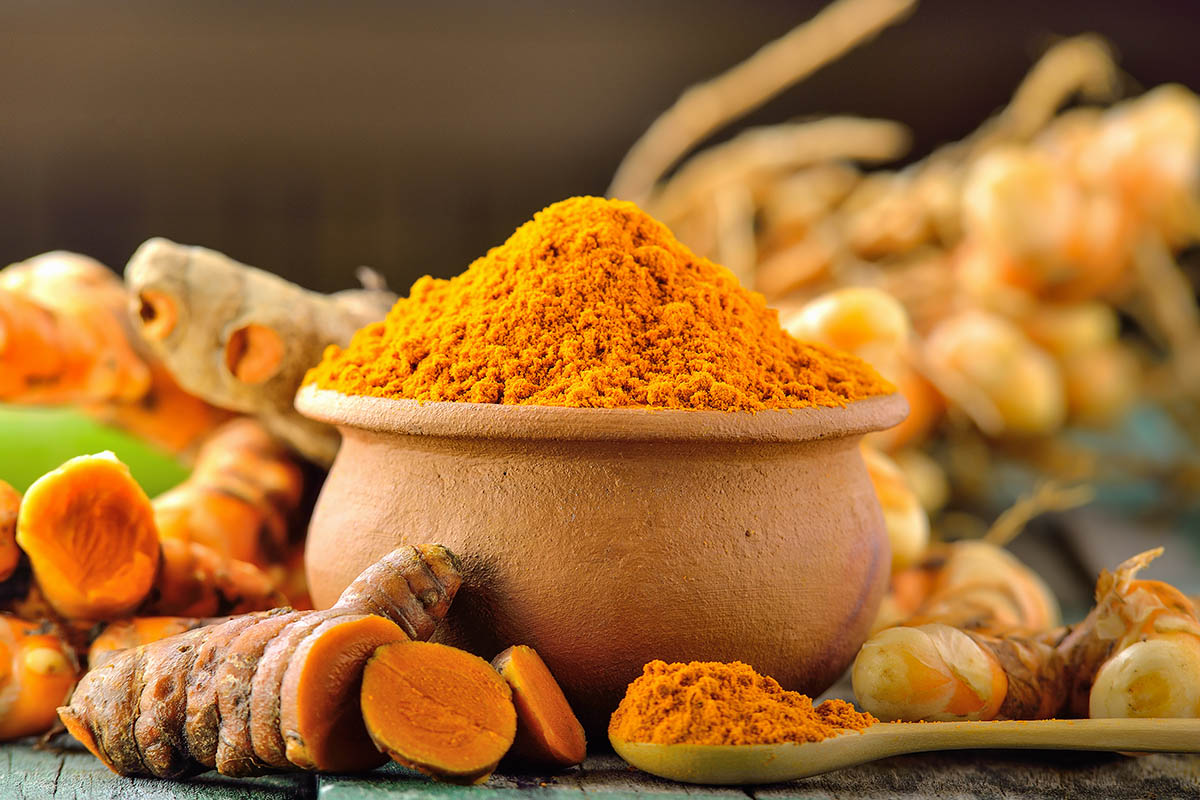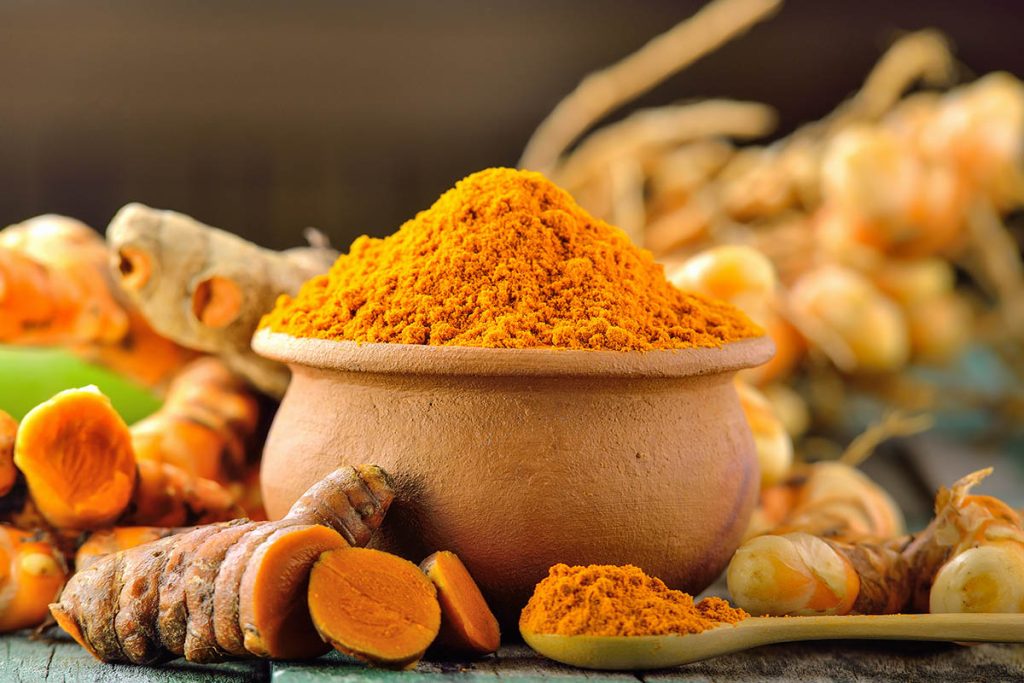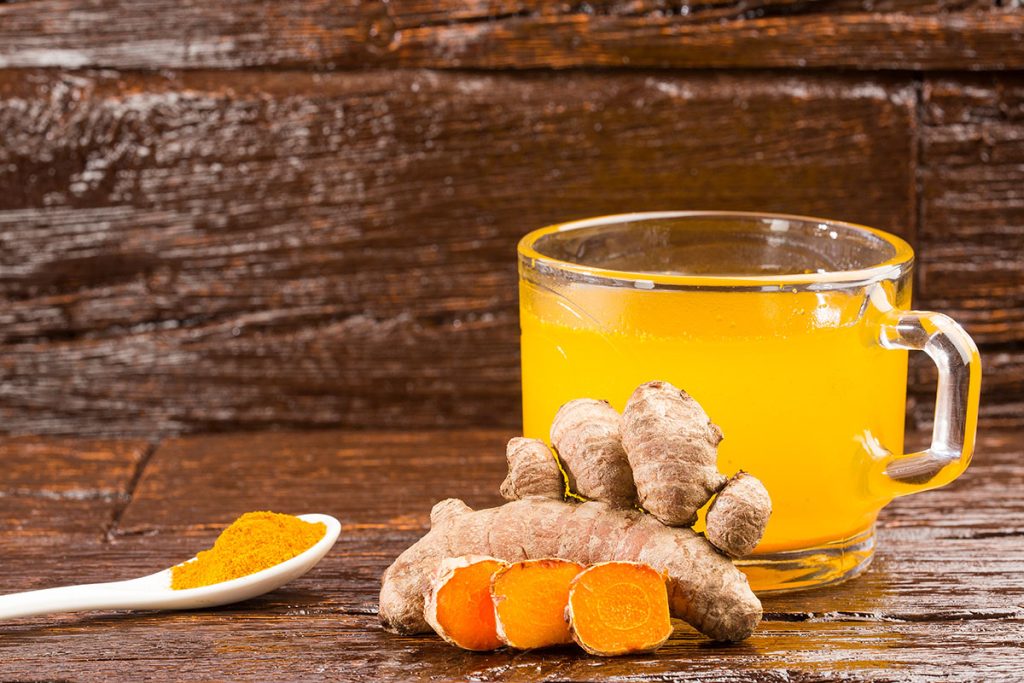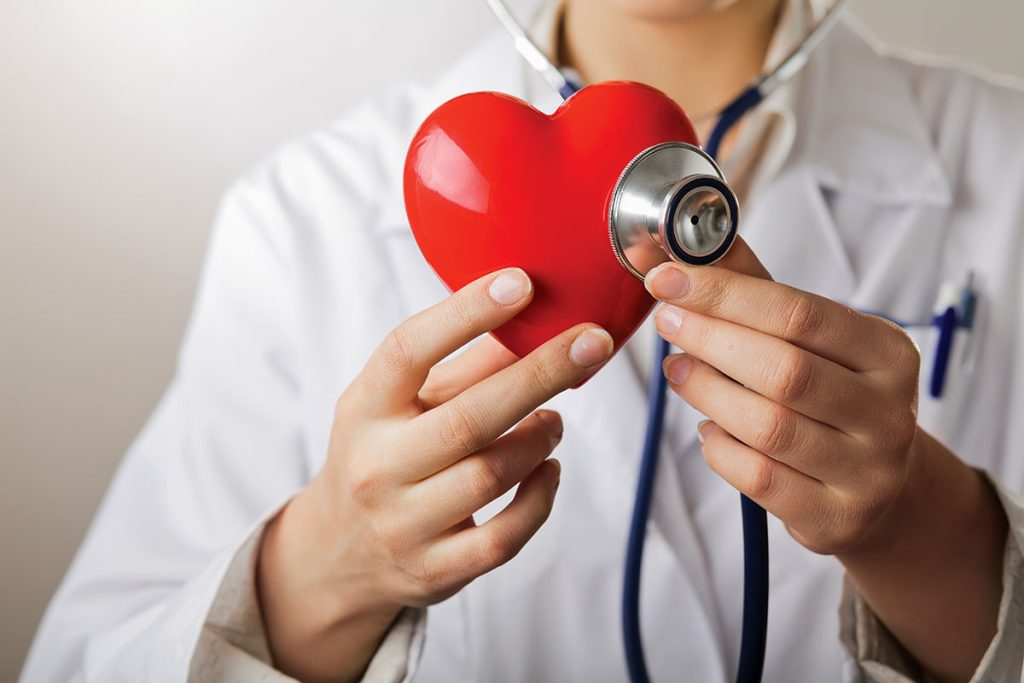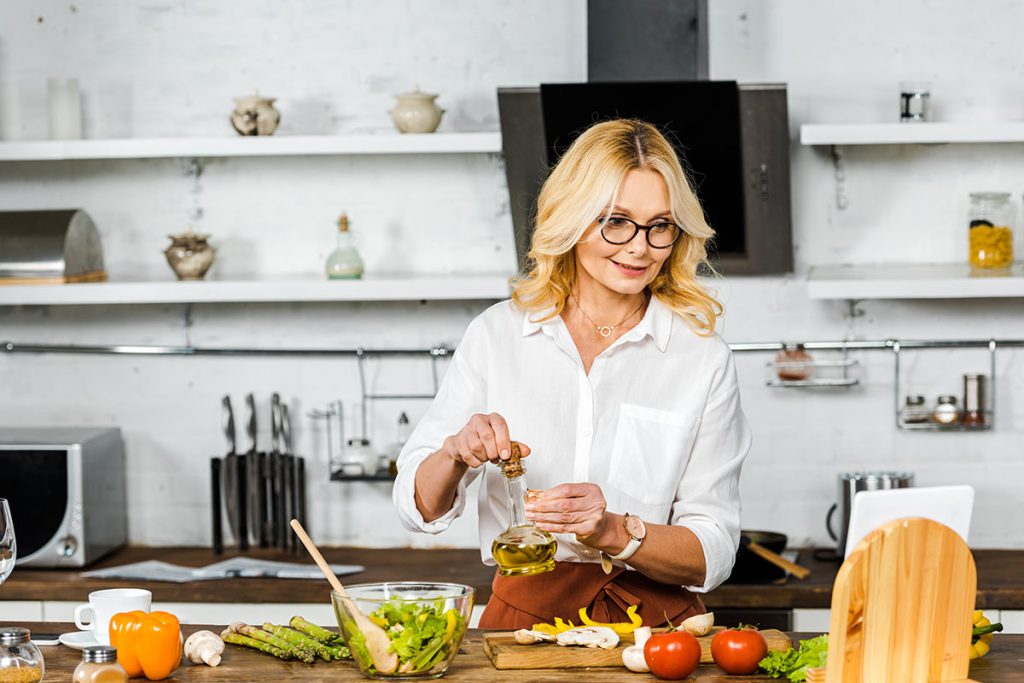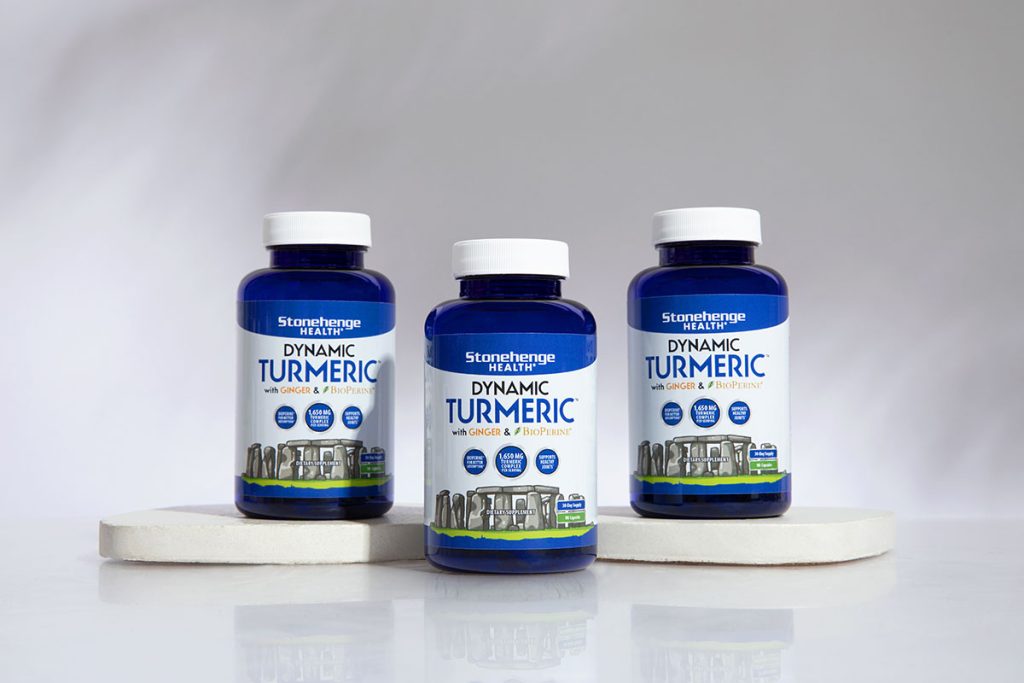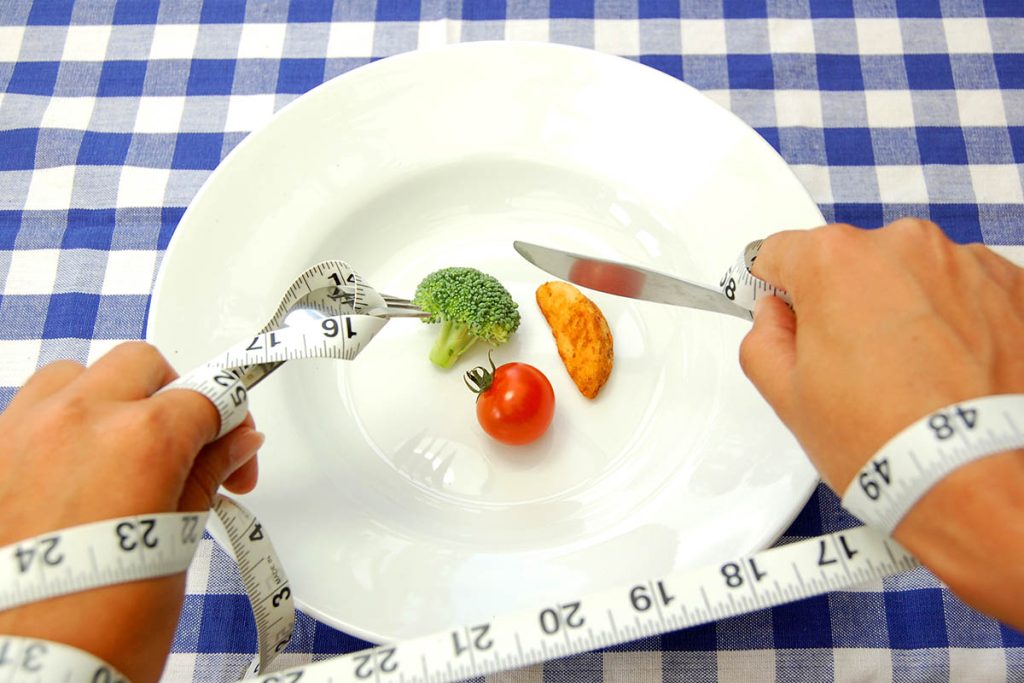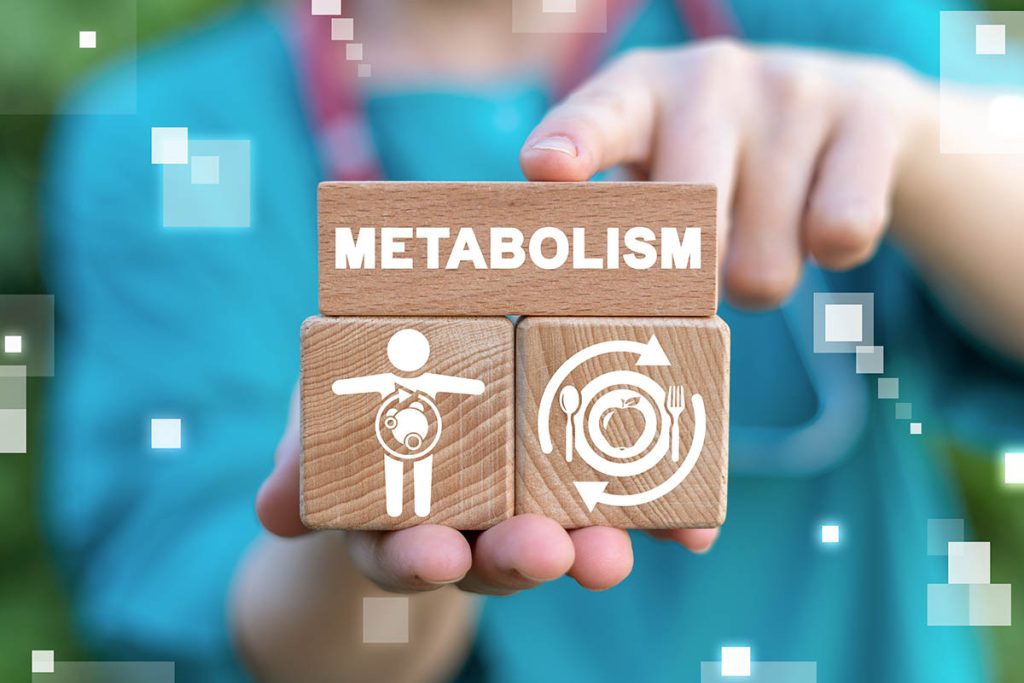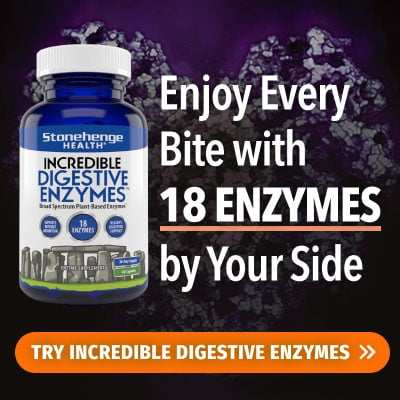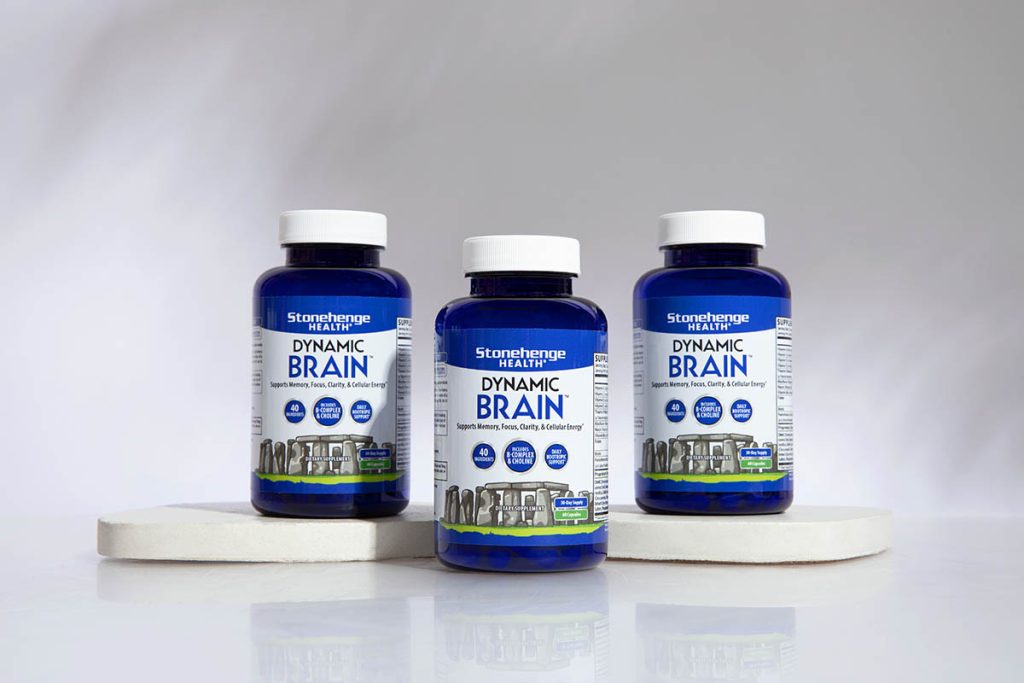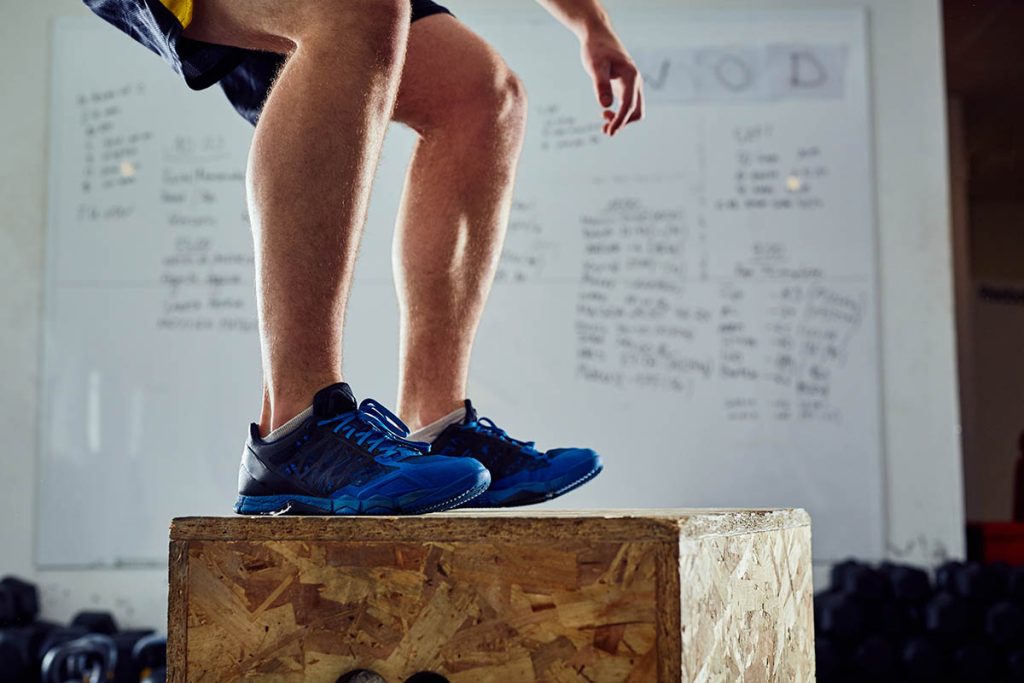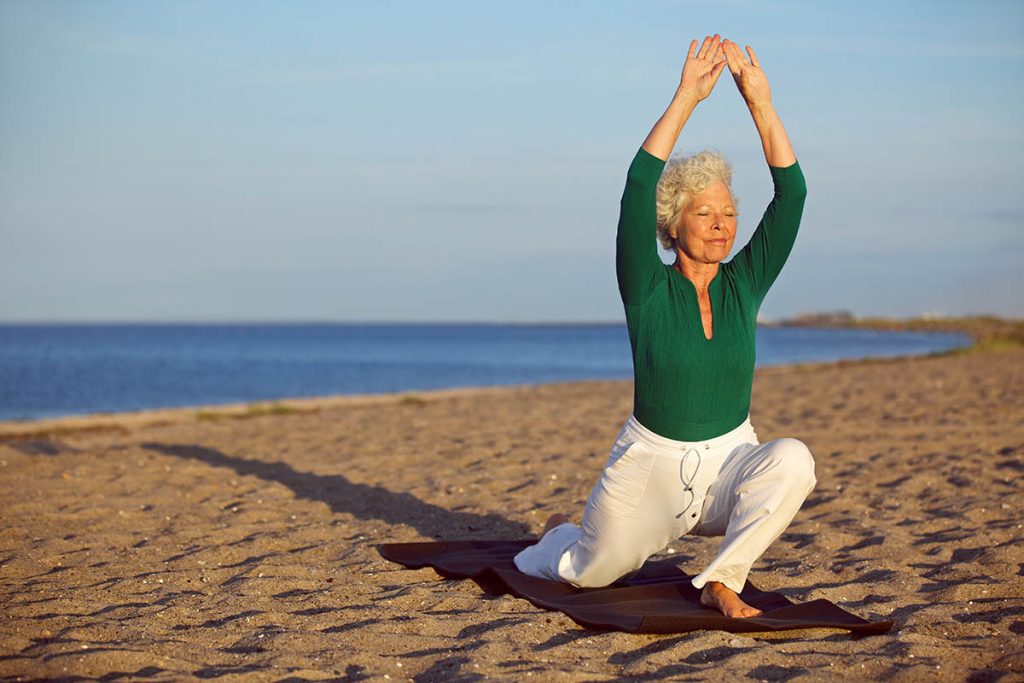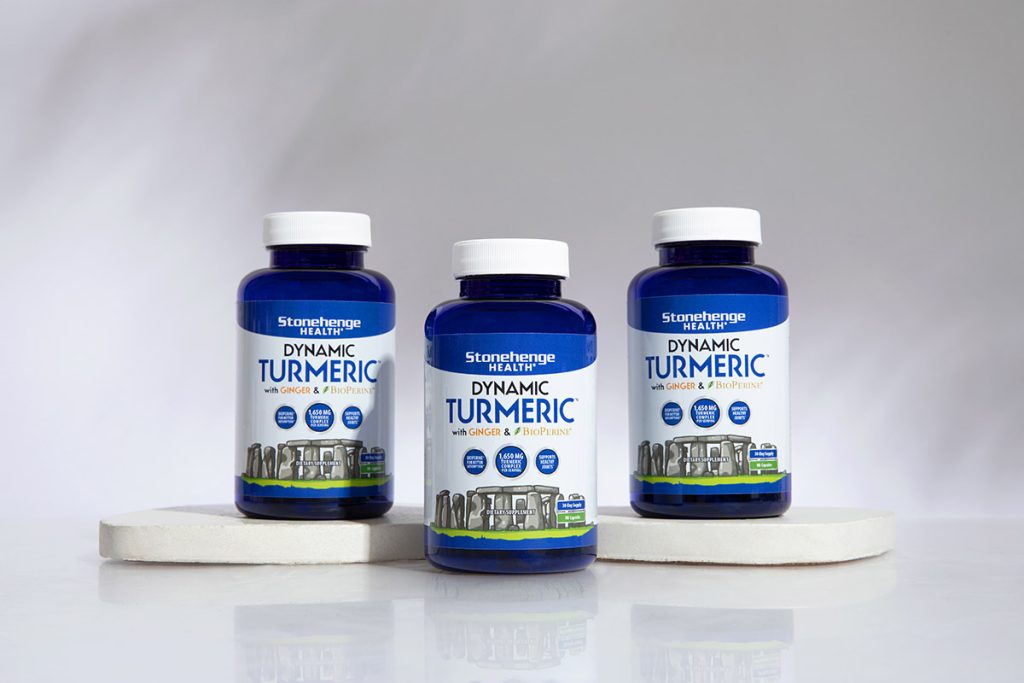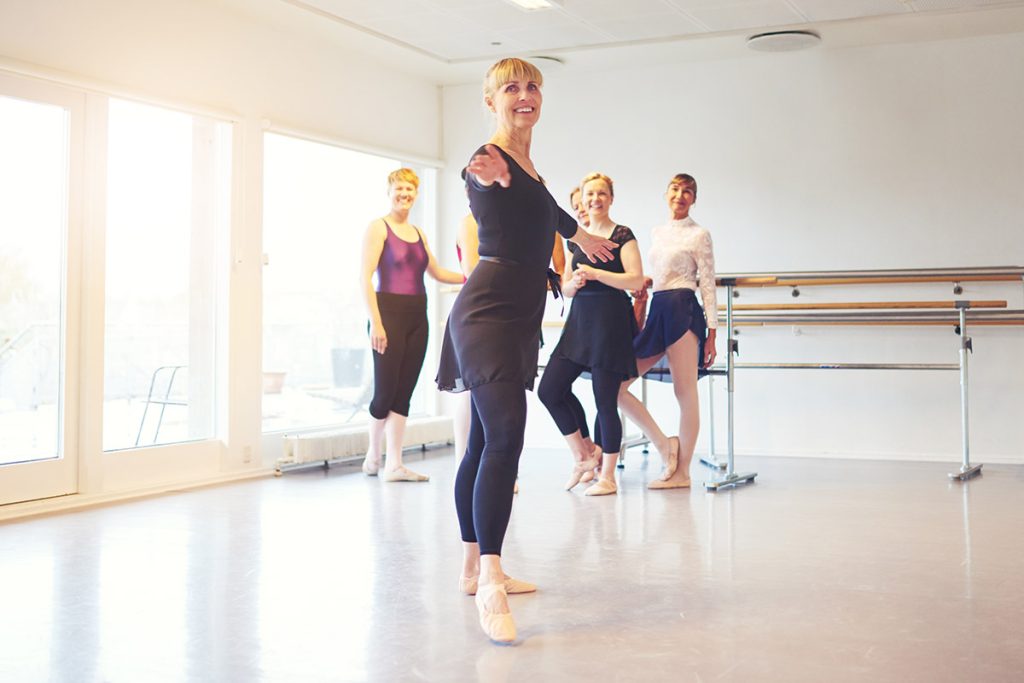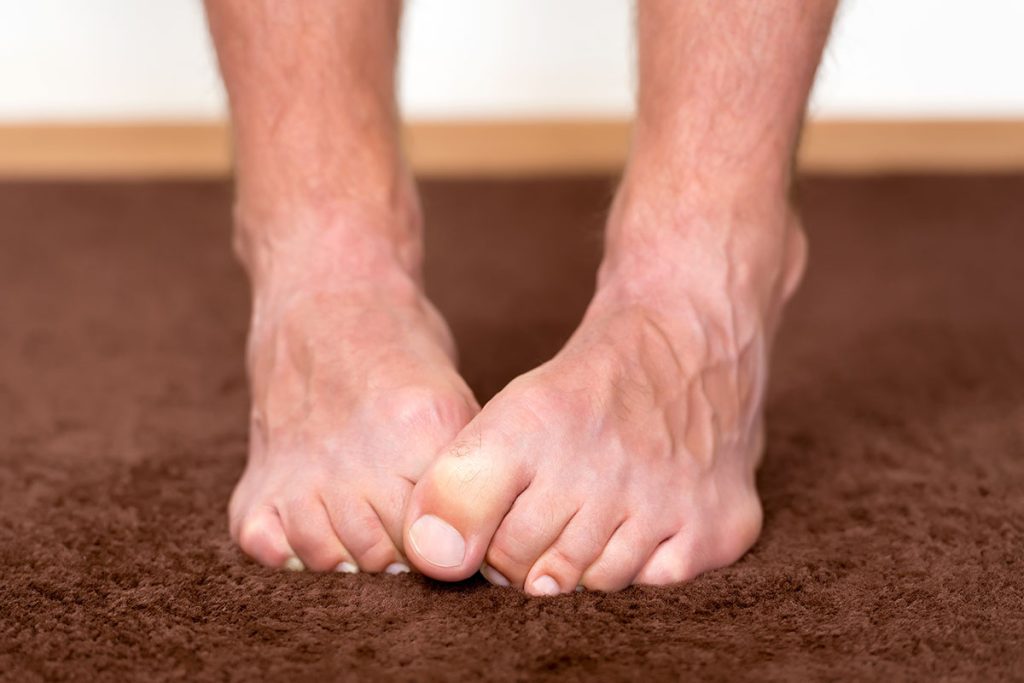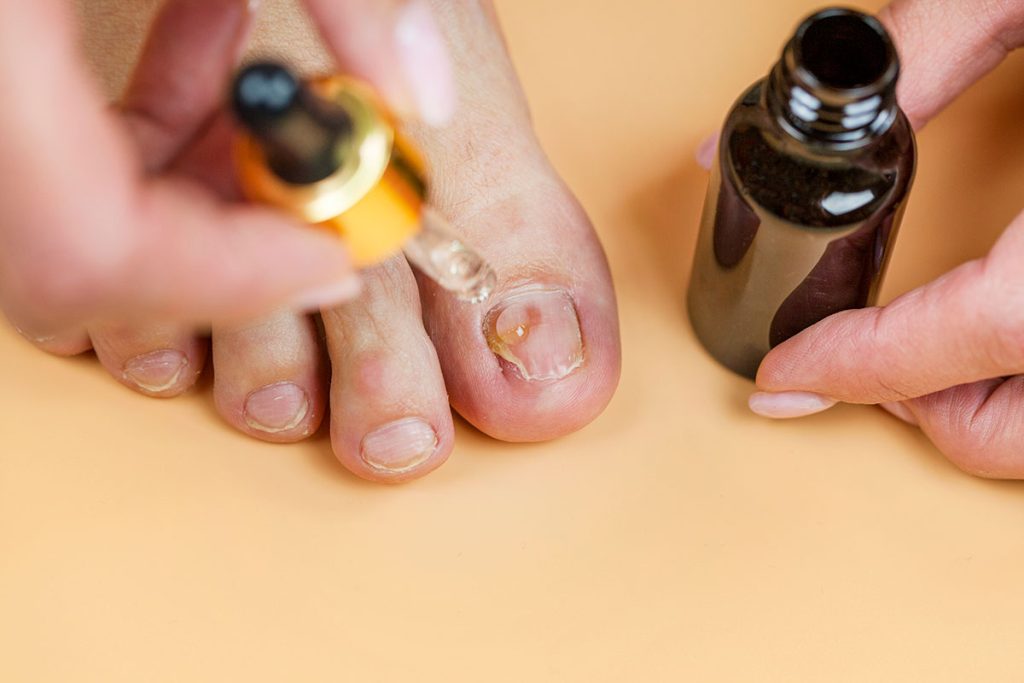
Living life to the fullest means embracing every moment, exploring new passions, and enjoying the activities you love.
However, nerve discomfort can be an uninvited guest for many, dulling these joyful experiences and turning everyday pleasures into challenges.
The downsides of nerve discomfort play out in everyday life:
Struggling to tie your shoes…
Letting the garden get overgrown with weeds…
A hard time getting a restful night’s sleep…
Inability to do hobbies or activities…
Forgoing family activities…
But it doesn’t have to be this way. Here’s how you can reclaim your life and not let nerve discomfort hold you back from doing the things you love.
Understanding Nerve Discomfort

Nerve discomfort can be complex and characterized by discomfort, tingling, or numbness. It often results from damaged nerves.
Most people experience these sensations in their hands and feet; however, the effects can sometimes be felt elsewhere.
Various factors, including medical conditions, injuries, age, or nutritional deficiencies, can cause nerve discomfort. The results can be frustrating and debilitating, negatively affecting your quality of life.
For example, something as mild as a bedsheet dragging across your foot can lead to serious discomfort and restless sleep.
Yet, understanding and identifying the cause is the first step toward managing this condition, empowering you to take action and find relief.
Embracing a Holistic Approach

Managing nerve discomfort requires a holistic approach that addresses the root causes while alleviating symptoms.
Here are 6 strategies to help you live fully, despite nerve discomfort:
1. Stay Active

Exercise might seem daunting, but it’s crucial for managing nerve discomfort.
Physical activity increases blood flow to the nerves, promoting healing and reducing discomfort.
Start with gentle exercises like walking or swimming and gradually increase intensity as your comfort allows.
2. Nutrition is Key

A balanced diet rich in vitamins and minerals can support nerve health. To nourish your nervous system, focus on foods high in antioxidants and B vitamins.
Remember, what you eat can significantly impact how you feel.
3. Mindfulness and Relaxation

Techniques such as meditation, yoga, and deep breathing exercises can reduce stress, which often exacerbates nerve discomfort.
By incorporating these practices into your daily routine, you can manage stress levels and potentially lessen discomfort intensity.
4. Stay Connected

Sharing your experiences with friends, family, or support groups can provide emotional relief and valuable insights into managing your condition.
You’re not alone, and building a support network can make a world of difference.
5. Seek Professional Guidance

Consulting with healthcare professionals can offer tailored advice and treatments to manage your nerve discomfort effectively.
They can guide you through medication options, physical therapy, and other interventions suited to your needs.
6. A Promising Solution via Supplementation

In your journey to overcome nerve discomfort, it’s essential to explore various avenues for relief.
One such path leads to a breakthrough supplement designed to support nerve health: Dynamic Nerve.
This product is formulated with a blend of vitamins, antioxidants, and herbal extracts specifically chosen for their potential to nourish and support nerve function, offering a beacon of hope for those seeking to regain control over their life without letting nerve discomfort dictate their limits.
Reclaiming Your Life
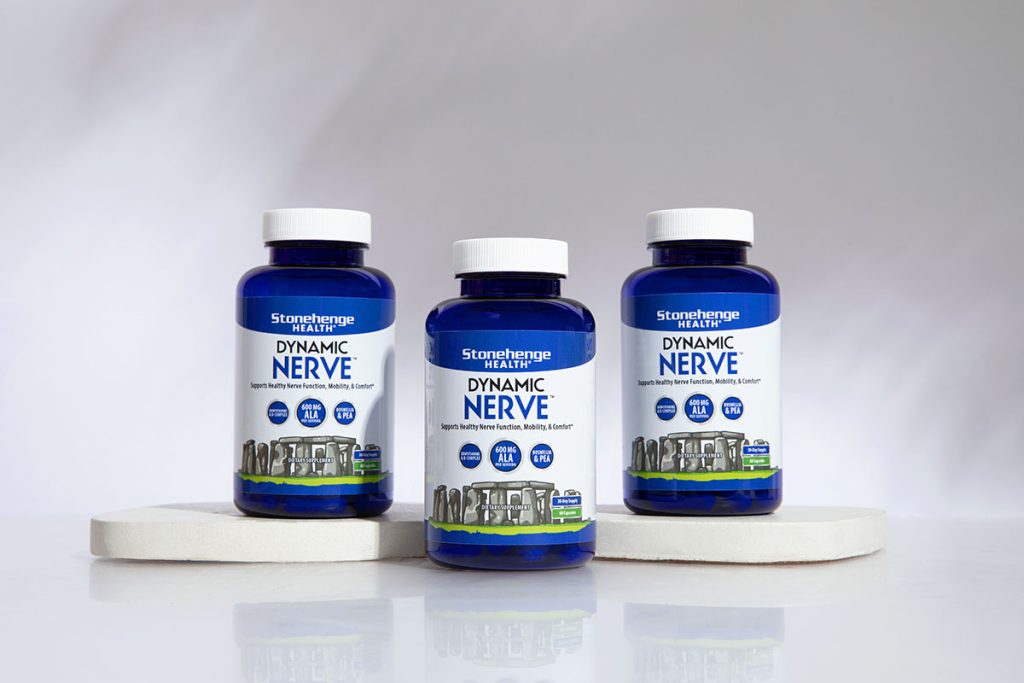
Living with nerve discomfort doesn’t have to mean giving up on the things you love. With the right strategies, support, and solutions like Dynamic Nerve, you can navigate the challenges of nerve discomfort and embrace life’s opportunities with open arms.
Remember, your spirit is indomitable, and with determination and the right tools, you can continue to explore, enjoy, and excel in every adventure.
Don’t let nerve discomfort hold you back. Let’s move toward a joy, fulfillment, and freedom-filled life.
